What is pipeline cleaning?
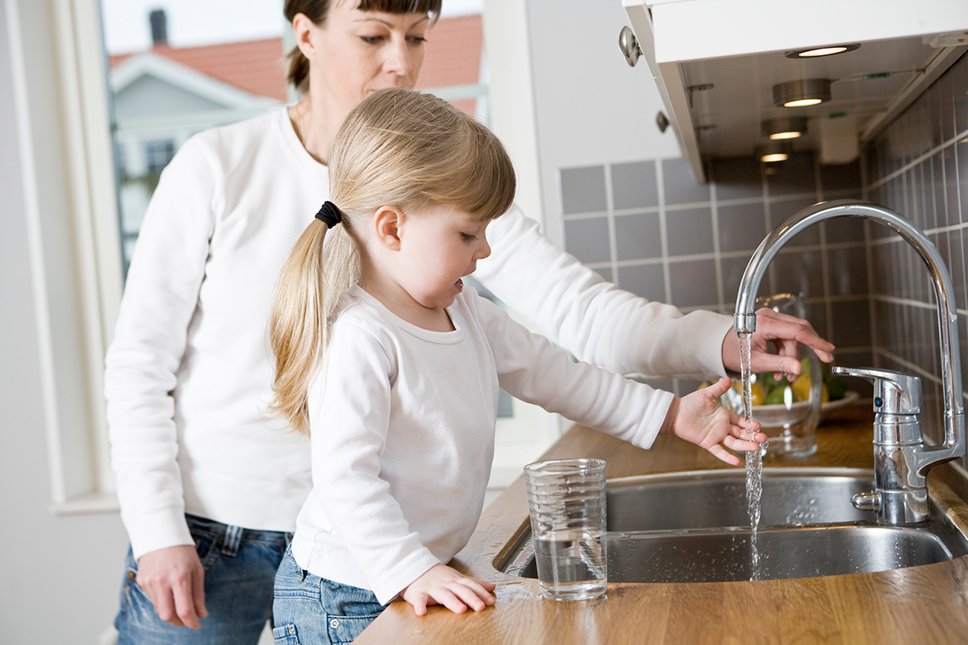
Pipeline cleaning is the process of using chemical or physical methods to remove dirt on the inner surface of the pipeline to achieve the purpose of cleaning and ensure that the inner surface of the pipeline is restored to the original material.
After cleaning, a dense chemical passivation film is formed on the clean metal surface, which can effectively prevent the re-generation of dirt, and can effectively protect the equipment from corrosion or other chemical damage, which effectively guarantees The safety of the equipment and the working process of extending the service life of the equipment.
Why clean the pipeline?
For pipes that have been used for a long time, the sludge, dust, algae, gutters, and rust in the pipes will solidify and cause the original pipe diameter to become smaller. The sludge precipitation in the pipes will produce hydrogen sulfide gas, which will cause environmental pollution and easily cause explosions. The acid and alkali substances in the wastewater are easy to corrosion to the pipeline wall; irregular removal of foreign matter in the pipeline will cause pipeline blockage.

For household water pipes, when the water in the water pipe is in a static state for a long time, it is easy to produce dirt. The multiplication of various microorganisms in the water leads to the increase of harmful bacteria and viruses in the water, posing a serious threat to human health.
Several common pipeline cleaning methods
The choice of cleaning method should be determined according to the type of pipeline, the nature of the dirt, the source of the cleaning material, the construction environment, and the conditions of public works.
The pipeline cleaning process can be a simple physical cleaning or a simple chemical cleaning. It is often a comprehensive application of physical and chemical cleaning techniques. It is necessary to repeat many different cleaning operations.
- Chemical cleaning: The chemical cleaning pipeline uses chemical agents to temporarily modify the pipeline, using temporary pipelines and circulating pump stations to carry out cyclic chemical cleaning from both ends of the pipeline. This technology has the characteristics of strong flexibility, no requirement on pipe shape, fast speed and thorough cleaning.
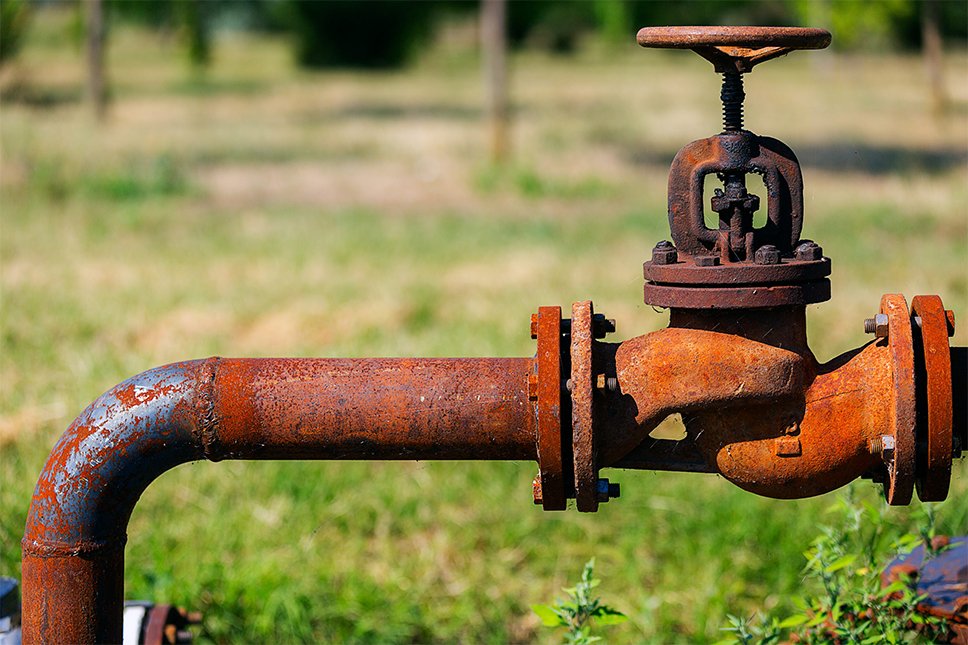
- High-pressure water cleaning: high-pressure water jets above 50Mpa are used to strip and clean the dirt on the inner surface of the pipeline. This technology is mainly used for short-distance pipelines, and the diameter of the pipeline must be greater than 50cm. This technology has the characteristics of fast speed and low cost.
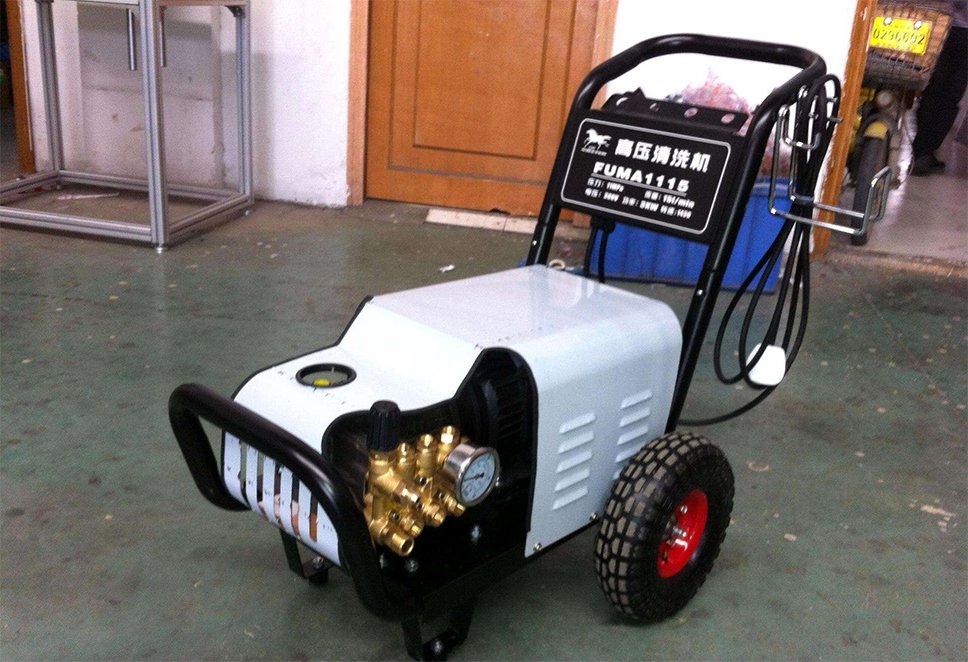
- PIG pigging: PIG industrial pigging technology relies on the driving force generated by the pump to drive the PIG (pipe pig) to push forward in the pipe, and discharge the dirt accumulated in the pipeline out of the pipe, so as to achieve the purpose of cleaning. This technology is widely used in cleaning projects such as various process pipelines, oil and gas pipelines in oil fields, especially for the cleaning of pipelines that transport fluids over long distances, and has advantages that other technologies cannot replace.

- High-frequency pulse cleaning: a new type of technology that uses water and air as the medium to generate high-frequency oscillating high-frequency pulses to clean the pipes. It realizes the high-frequency oscillation, water hammer effect, spiral ring washing, and Micro-bubble blasting, and other different methods for rapid flushing and cleaning. This technology is mainly used in tap water supply pipelines, cold and heat exchange systems (floor heating, central air conditioning, mold temperature machines, mold water circuits, beverage production equipment, etc.). It is an environmentally friendly and emerging way of pipe cleaning.
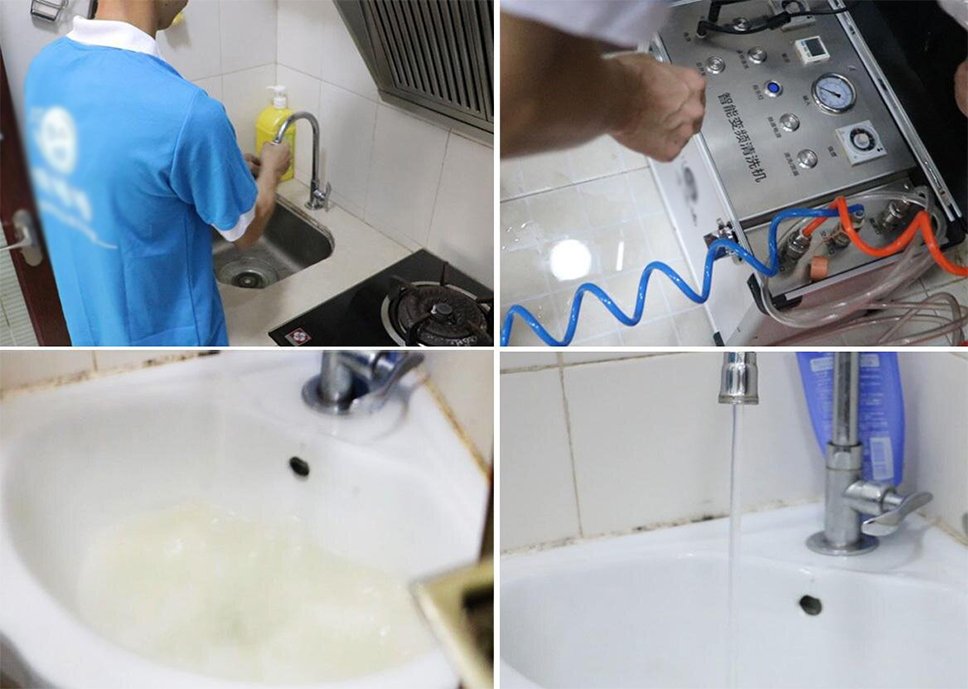
The basic process of pipeline cleaning
- Check the pipeline
Before cleaning the pipeline, you should first understand the pipeline distribution, service life, usage, blockage, and whether the buried and exposed parts are damaged or not.
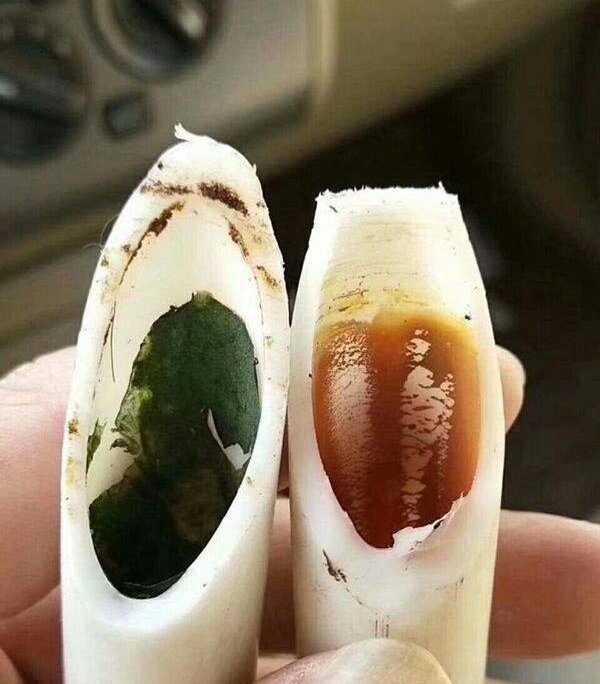
- Segment cleaning
In order to facilitate the cleaning of the pipeline, it is generally divided into several small cleaning sections. The segmentation method is mainly based on the volume of the pipeline, the height of the floor, the convenience of cleaning, and the possibility of segmentation. It is generally better to use three or four floors in a unit as one section.
- Inspection
After the pipeline is cleaned, it shall be inspected whether the pipeline is dredged, cleaned, or unblocked to meet the customer’s requirements.

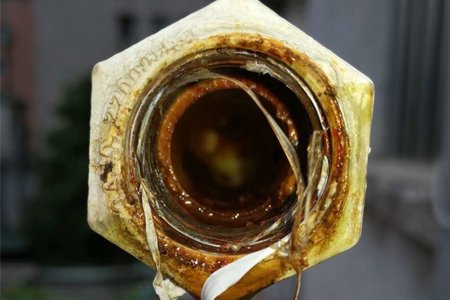


2 Responses
It’s great that you described different cleaning methods for pipeline maintenance. My cousin’s learning how to provide the right maintenance to an industrial plan since he just invested in one last week. My cousin will be grateful for your post on simple physical cleaning or simple chemical cleaning.
Thank you, Sir. Glad to know it is helpful for your cousin.